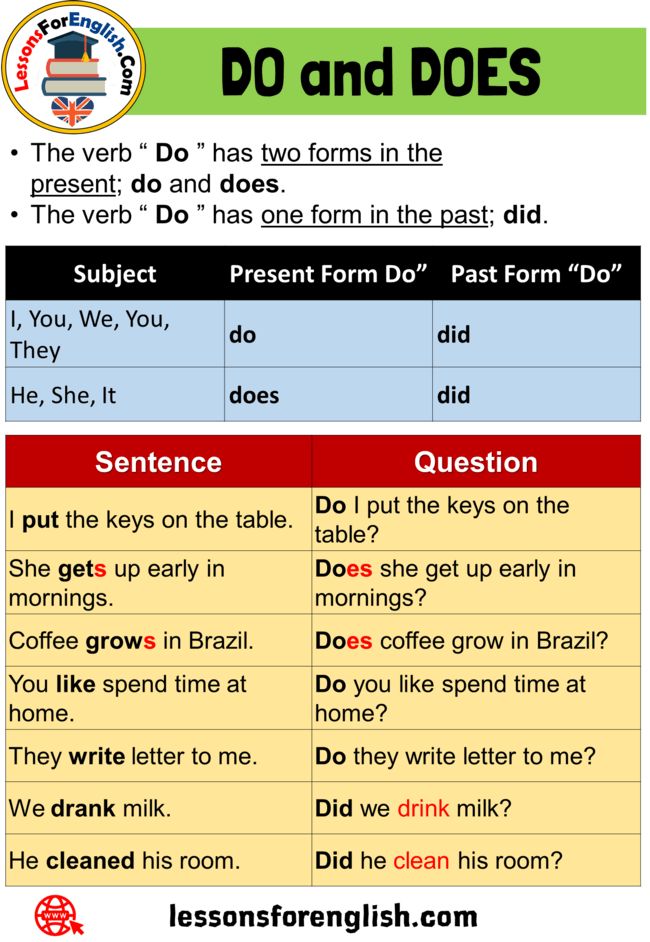Recognizing and Avoiding Exculpatory Language in Consent Forms: Compliance and Best Practices
Introduction: Why Exculpatory Language Matters in Consent Forms
Consent forms are essential tools in any research or clinical environment. They serve to inform participants about the purpose, risks, and benefits of a study or procedure, while ensuring their rights are protected. However, the inclusion of exculpatory language poses significant legal and ethical risks. Exculpatory language is any statement that absolves the organization or investigators from liability or causes participants to waive their legal rights. Understanding how to spot and avoid such language is crucial for compliance with federal regulations and for maintaining trust with participants. [1]
What Is Exculpatory Language?
Exculpatory language is defined by regulatory agencies as any wording in informed consent that either:
- Waives, or appears to waive, the participant’s legal rights, OR
- Releases, or appears to release, the investigator, sponsor, institution, or its agents from liability for negligence.
This language may take various forms, but the effect is the same: it shifts responsibility for potential harm away from the responsible party and onto the participant. [3] Federal regulations strictly prohibit such provisions in any consent documentation. [4]

Source: wavetechglobal.com
Examples of Exculpatory Language in Consent Forms
Identifying exculpatory language is best done through examples. Here are several statements that regulatory bodies have cited as exculpatory and therefore non-compliant:
- “I hereby waive all rights to be protected from physical injury by participating in this study and clear all parties related to the organization of any responsibility should I encounter personal injury.” [1]
- “By agreeing to this use, you should understand that you will give up all claim to personal benefit from commercial or other use of these substances.” [3]
- “I voluntarily and freely donate any and all blood, urine, and tissue samples to the U.S. Government and hereby relinquish all right, title, and interest to said items.” [3]
- “By my signature I acknowledge the risks involved in my participation and that I cannot sue (skydiving agency) for any injury resulting from skydiving jump.” [1]
Any statement that asks a participant to waive compensation for injury or relinquish property rights typically falls under this category.
Regulatory Requirements and Compliance Standards
U.S. federal agencies, including the Food and Drug Administration (FDA) and the Office for Human Research Protections (OHRP), set strict rules regarding exculpatory language. According to 45 CFR 46.116 and 21 CFR 50.20, no consent form may include language that waives a subject’s legal rights or releases the institution or its agents from liability for negligence. [4] Failure to comply can result in research suspension, legal penalties, and loss of funding.
For study administrators, it is essential to use only approved templates and have all consent forms reviewed by an Institutional Review Board (IRB) or Ethics Committee. [5]
Best Practices for Drafting Consent Forms
To ensure compliance and protect participant rights, adopt the following best practices:
- Avoid exculpatory phrases such as “waive all rights,” “relinquish compensation,” or “release the investigator from liability.”
- Use clear, non-technical language at a sixth to eighth grade reading level, unless technical terms are unavoidable. [5]
- Explicitly state that participation is voluntary and that participants may withdraw at any time without penalty.
- Describe risks honestly, including foreseeable and unforeseeable risks, without minimizing or shifting responsibility.
- Have all forms reviewed by your IRB or equivalent authority for compliance.
For example, compliant language might read: “If you experience any injury as a result of your participation, you may be entitled to medical care or compensation as provided by law.” This does not waive legal rights or release liability.
Step-by-Step Guidance for Consent Form Review
Implementing a robust consent form review process is vital. Here is a step-by-step approach:
- Draft your consent form using institution-approved templates. These templates are typically available through your research compliance office or IRB.
- Review your draft for prohibited exculpatory language. Cross-check against the examples provided by regulatory agencies.
- Submit your draft to the IRB or Ethics Committee. The IRB will verify compliance and may suggest revisions.
- Revise as directed by the IRB. Make all recommended changes before using the form.
- Train staff on identifying and avoiding exculpatory language. Regular training and updates will keep your team informed of current standards.
If your institution does not have a template or guidance documents, contact your Office of Research Compliance or search for “informed consent template” and “regulatory compliance” on official university or government websites.
Alternatives and Solutions for Challenging Scenarios
Sometimes, organizations may feel pressure to protect themselves from legal claims. The correct approach is to use language that informs participants of risks without waiving legal rights. For example:
- “You may experience side effects. If you do, please notify your study coordinator who will assist you in obtaining appropriate care.”
- “Your participation is voluntary. You retain all legal rights should any injury occur.”
These alternatives maintain transparency while upholding regulatory standards.
Common Challenges and How to Overcome Them
Challenge 1: Pressure to include protective language. Solution: Use legally compliant, risk disclosure language and train legal teams on federal standards. Challenge 2: Outdated templates containing exculpatory statements. Solution: Regularly update templates and circulate new guidance to all staff. Challenge 3: Lack of staff training. Solution: Implement annual training on informed consent compliance and regulatory updates.
How to Access Further Resources and Support
If you need additional guidance, consider the following action steps:
- Contact your institution’s Office of Research Compliance for templates and training materials.
- Consult official FDA and OHRP guidance documents, which are freely accessible online. Search for “FDA Guidance on Exculpatory Language in Informed Consent” and “OHRP Consent Form Standards.”
- Ask your IRB for examples of compliant and non-compliant language.
If you are unsure where to begin, start by searching for “informed consent requirements” and “exculpatory language examples” on official university, government, or regulatory agency websites. Institutions such as the FDA and OHRP routinely update compliance resources and offer direct support.
Key Takeaways for Consent Form Authors
Consent forms must protect participant rights and comply with federal regulations. Never include exculpatory language that waives legal rights or releases liability. When in doubt, seek guidance from your IRB or compliance office. Regular training and updated templates are essential for ongoing compliance.

Source: high-tech-inspections.com
References
- [1] Study.com (2022). Exculpatory Language: Definition & Examples.
- [2] University of Washington (2025). Designing the Consent Process.
- [3] Montana State University Billings (2023). Informed Consent Requirements and Examples.
- [4] FDA (2018). Guidance on Exculpatory Language in Informed Consent.
- [5] Advarra (2022). Informed Consent Writing Tip Sheet.
MORE FROM todayhiring.us













